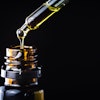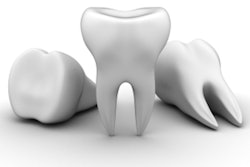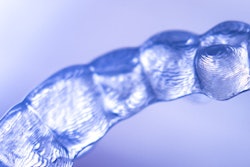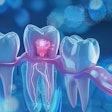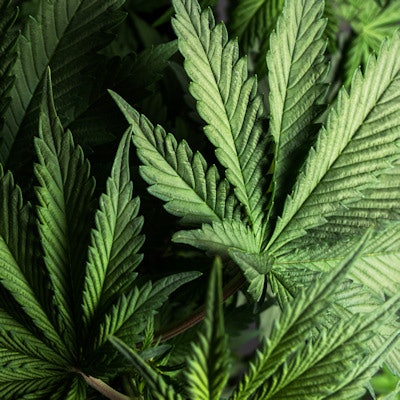
A synthetic tetrahydrocannabinol (THC) made of cannabis compounds may diminish orthodontic tooth movement, extending treatment for regular drug users. The animal study was published on December 17 in the American Journal of Orthodontics and Dentofacial Orthopedics.
This is believed to be the first study demonstrating that dronabinol, a compound that contains cannabinoids found in the cannabis plant, attenuates tooth movement by reducing bone resorption and inhibiting alveolar bone remodeling, the authors wrote.
"As marijuana use becomes more prevalent, especially in the adolescent and adult populations who often seek orthodontic treatment, clinicians should be aware of the potential impact of drug use," wrote the group, led by Dr. Katherine Klein, director of orthodontics at Massachusetts General Hospital and assistant professor of oral and maxillofacial surgery at Harvard School of Dental Medicine.
Worldwide, marijuana is one of the most widely used illicit drugs. As states in the U.S. lift restrictions, use continues to increase.
For about 40 years, dronabinol has been a U.S. Food and Drug Administration-approved medication prescribed to treat nausea and vomiting caused by chemotherapy and weight loss in patients with HIV and AIDS.
Despite the longtime consumption of dronabinol, the use of marijuana, and early studies showing a correlation between heavy marijuana use and bone mass loss, research about how THC affects bone growth and how that affects orthodontic tooth movement is lacking.
To determine the effect of dronabinol on alveolar bone remodeling, orthodontic appliances made of nickel-titanium coil were placed in 30 rats. The appliance, which was fixated from the maxillary first molar to the central incisor, was activated to deliver a force that would move teeth together.
Over 21 days, the animals were injected with a solvent or dronabinol daily. The researchers then conducted bone remodeling, histology, and dental and skeletal analysis.
The teeth of the rats moved in both groups. However, those given dronabinol had an abnormal response to tooth movement, the authors found. The height of the alveolar crest was maintained in the dronabinol group, while it was reduced by 50% in the animals injected with solvent.
When a tooth is under orthodontic force, bone formation and periodontium expansion typically occur on the tension side, and alveolar bone resorption occurs on the compression side. These responses to orthodontic treatment were not observed in the dronabinol-injected animals.
Additionally, significantly more osteoclasts and osteoblasts were found in the alveolar bone of those in the dronabinol group. This suggests that dronabinol affects the bone resorptive process but not osteoclastogenesis, which is when bone-resorbing cells known as osteoclasts form, the authors noted.
Because osteoblast and osteoclast activity is needed for bone metabolism, these findings suggest that THC may affect other bones throughout the body. Moreover, dronabinol may speed up bone resorption on inflamed bone and inhibit bone resorption on noninflamed bone, the authors added.
A limitation of the study was that 3D analysis, such as microcomputed tomography, was not used to quantify bone volume, density, and remodeling, they wrote.
"A variety of drugs impact orthodontic tooth movement, and statistically significant results from this study demonstrate that marijuana should be added to the category of medications that decelerate tooth movement and promote bone regeneration," Klein and colleagues concluded.

